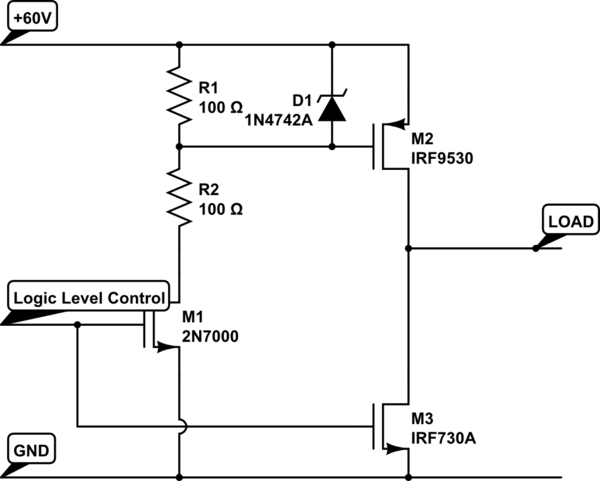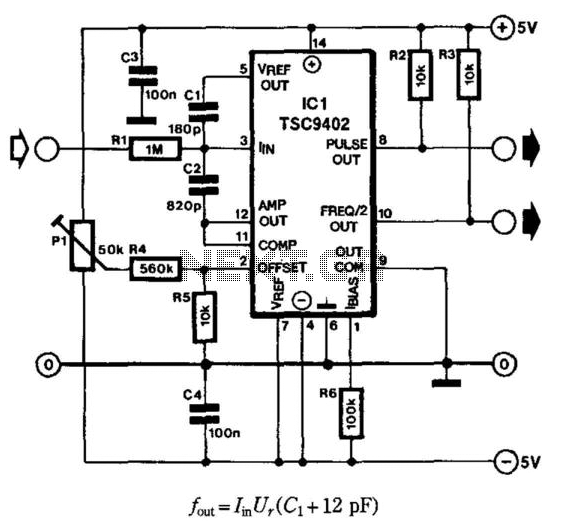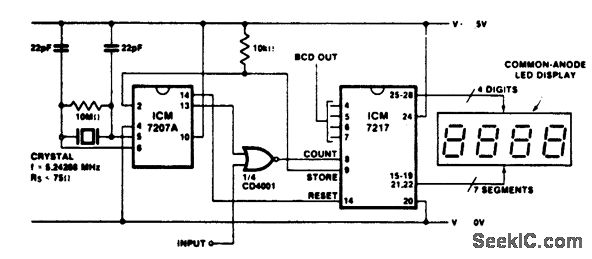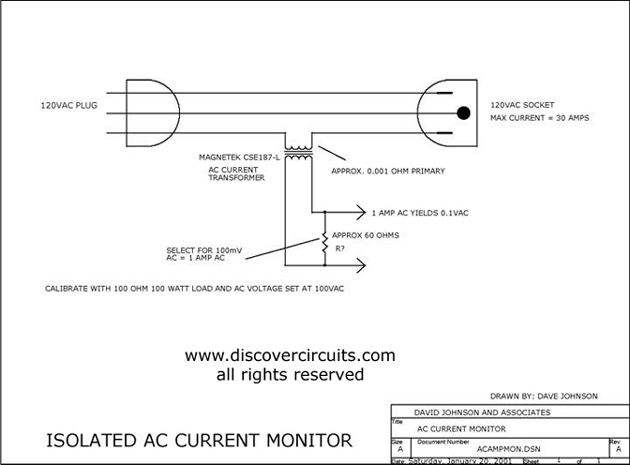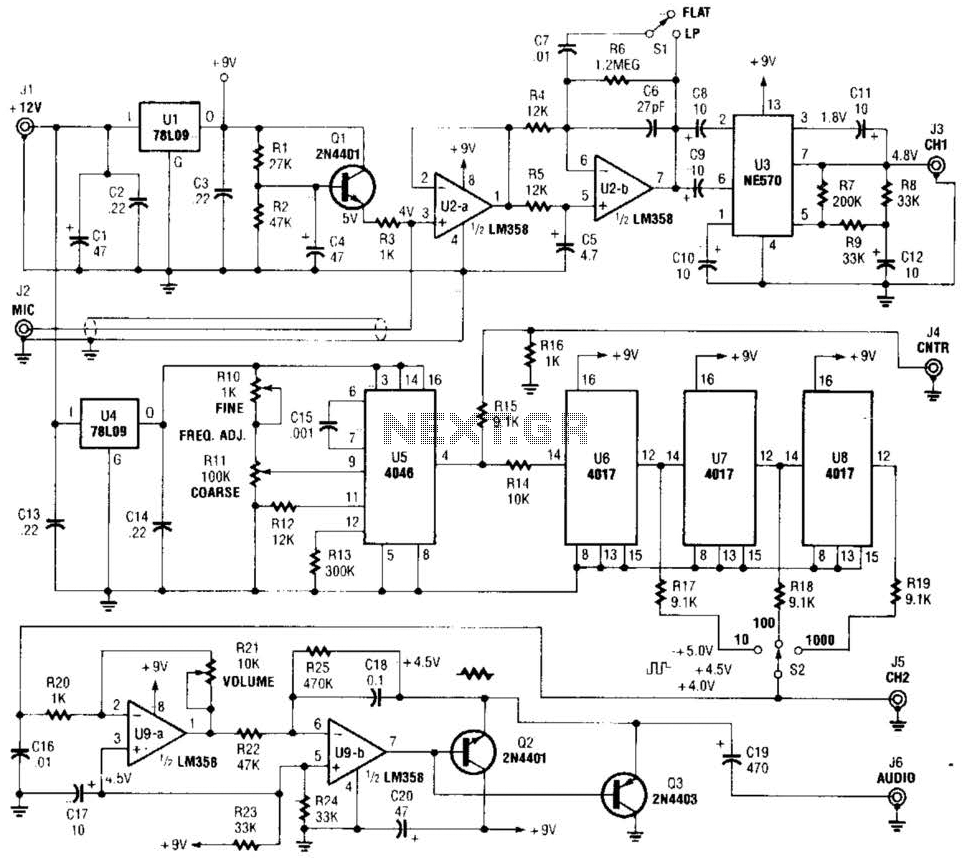
Precision current source
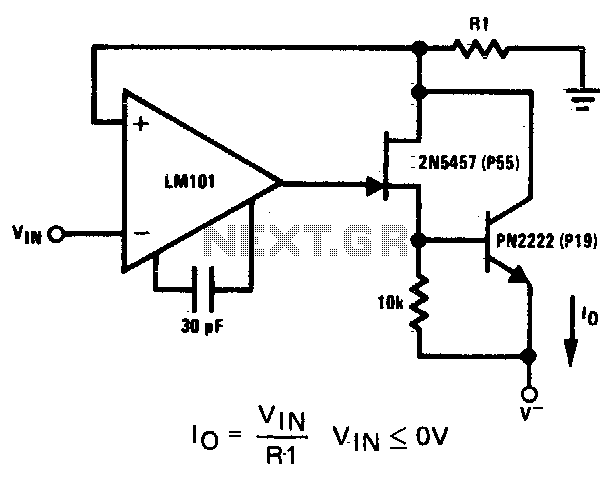
The 2N5457 and PN2222 bipolar transistors function as voltage isolation devices between the output and the current sensing resistor, Rl. The LM101 operational amplifier offers a significant amount of loop gain to ensure that the circuit operates as a current source. For low current values (less than 1 mA), the PN2222 and 10K resistor can be removed, with the output being available at the source of the 2N5457.
The circuit utilizes the 2N5457, a JFET, which is known for its high input impedance and low noise characteristics, making it suitable for applications requiring voltage isolation. The PN2222, a widely used NPN bipolar junction transistor (BJT), provides additional isolation and can enhance the circuit's overall performance by allowing for a more robust output under varying load conditions.
The LM101 operational amplifier is integral to the circuit, providing high gain and stability. Its configuration ensures that the feedback loop maintains the desired current output, even in the presence of load variations. The resistor Rl serves as a current sensing element, allowing for accurate measurement of the current flowing through the circuit, which is crucial for applications requiring precise control and monitoring.
In scenarios where the current is below 1 mA, the removal of the PN2222 and the 10K resistor simplifies the circuit, reducing component count and potential sources of error while still maintaining the functionality of the 2N5457 as the output source. This adaptability makes the circuit versatile for different operating conditions, ensuring efficient performance across a range of applications.The 2N5457 and PN2222 bipolar serve as voltage isolation devices between the output and the current sensing resistor, Rl. The LM101 provides a large amount of loop gain to assure that the circuit acts as a current source For small values of current (<1 mA), the PN2222 and 10K resistor may be eliminated with the output appearing at the source of the 2N5457. 🔗 External reference
The circuit utilizes the 2N5457, a JFET, which is known for its high input impedance and low noise characteristics, making it suitable for applications requiring voltage isolation. The PN2222, a widely used NPN bipolar junction transistor (BJT), provides additional isolation and can enhance the circuit's overall performance by allowing for a more robust output under varying load conditions.
The LM101 operational amplifier is integral to the circuit, providing high gain and stability. Its configuration ensures that the feedback loop maintains the desired current output, even in the presence of load variations. The resistor Rl serves as a current sensing element, allowing for accurate measurement of the current flowing through the circuit, which is crucial for applications requiring precise control and monitoring.
In scenarios where the current is below 1 mA, the removal of the PN2222 and the 10K resistor simplifies the circuit, reducing component count and potential sources of error while still maintaining the functionality of the 2N5457 as the output source. This adaptability makes the circuit versatile for different operating conditions, ensuring efficient performance across a range of applications.The 2N5457 and PN2222 bipolar serve as voltage isolation devices between the output and the current sensing resistor, Rl. The LM101 provides a large amount of loop gain to assure that the circuit acts as a current source For small values of current (<1 mA), the PN2222 and 10K resistor may be eliminated with the output appearing at the source of the 2N5457. 🔗 External reference
Warning: include(partials/cookie-banner.php): Failed to open stream: Permission denied in /var/www/html/nextgr/view-circuit.php on line 713
Warning: include(): Failed opening 'partials/cookie-banner.php' for inclusion (include_path='.:/usr/share/php') in /var/www/html/nextgr/view-circuit.php on line 713
